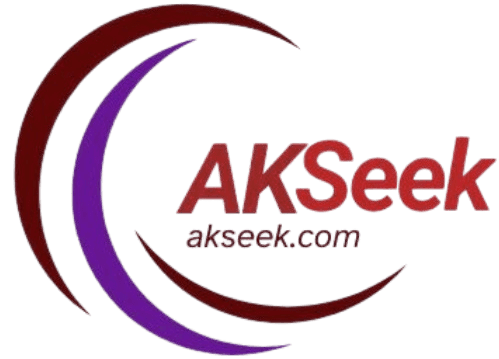Use these simple techniques to find which version of Windows 8 you are using. Finding out what version of Windows you are running is a simple task that can be completed with built-in tools and instructions from different operating systems. Making informed decisions about your system usage, updates, and prospective upgrades is easier when you know these versions and their special features.
1. Using System Information
-
- Steps:
- Press
Windows + Xto open the Quick Access Menu. - Select System from the list.
- In the System window, look for the Windows edition section. Here, you will see the version of Windows 8 you are using.
- Press
- Steps:
2. Using the Winver Command
-
-
-
- Steps:
- Press
Windows + Rto open the Run dialog box. - Type
winverand press Enter. - A window will pop up showing your Windows version and build number.
- Press
- Steps:
-
-
3. Using Command Prompt
-
- Steps:
- Press
Windows + Rto open the Run dialog box. - Type
cmdand press Enter to open the Command Prompt. - Type
systeminfo | findstr /B /C:"OS Name" /C:"OS Versionand press Enter. - The output will display your Windows version and build number.
- Press
- Steps:
A List of Windows 8 Versions
Here is a list of the major Windows 8 versions and their corresponding release dates:
-
Windows 8
- Release Date: October 26, 2012
- Build Number: 9200
- Key Features: Introduction of the Start screen, Windows Store apps, and new user interface (Metro UI).
-
Windows 8 Pro
- Release Date: October 26, 2012
- Build Number: 9200
- Key Features: Includes all features of Windows 8 plus additional features for professionals such as BitLocker, Hyper-V, and domain join.
-
Windows 8 Enterprise
- Release Date: August 1, 2012
- Build Number: 9200
- Key Features: Includes all features of Windows 8 Pro plus advanced features designed for IT organizations, including Windows To Go, DirectAccess, and AppLocker.
-
Windows 8.1
- Release Date: October 17, 2013
- Build Number: 9600
- Key Features: Improved Start screen, enhanced search functionality, tighter integration with OneDrive, and the return of the Start button.
-
Windows 8.1 Pro
- Release Date: October 17, 2013
- Build Number: 9600
- Key Features: Includes all features of Windows 8.1 plus additional features for professionals similar to Windows 8 Pro.
-
Windows 8.1 Enterprise
- Release Date: October 17, 2013
- Build Number: 9600
- Key Features: Includes all features of Windows 8.1 Pro plus advanced enterprise features similar to Windows 8 Enterprise.
-
Windows 8.1 with Bing
- Release Date: May 2014
- Build Number: 9600
- Key Features: A low-cost version of Windows 8.1 that includes Bing as the default search engine in Internet Explorer.
-
Windows RT
- Release Date: October 26, 2012
- Build Number: 9200
- Key Features: A version of Windows 8 designed for ARM-based devices, focusing on battery life and mobility. Does not support traditional desktop applications except those included by Microsoft.
-
Windows RT 8.1
- Release Date: October 17, 2013
- Build Number: 9600
- Key Features: An update to Windows RT with similar improvements as Windows 8.1, focusing on performance and usability enhancements.
By following these steps and referring to the list of versions, you can easily identify which version of Windows 8 you are using. Feel free to ask if you need further assistance or detailed information about a specific version!
Conclusion
By following the outlined steps using System Information, the Winver command, or Command Prompt, you can easily determine which version of Windows 8 you are running. Additionally, referring to the list of Windows 8 versions and their key features will help you understand the specific capabilities and release details of your operating system. Feel free to ask if you need further assistance or detailed information about a specific version!
FAQ’s
You can check by using the System Information tool. Press Windows + X, select System, and look for the Windows edition section. If it says Windows 8.1, you are running that version. Alternatively, use the Winver command (Windows + R, type winver, and press Enter).
Windows 8 Pro includes all the features of Windows 8 plus additional features designed for professionals, such as BitLocker, Hyper-V, and domain join. These features are useful for business environments and advanced users.
If you are running Windows 8, you can upgrade to Windows 8.1 for free through the Windows Store. Just open the Windows Store app from your Start screen and look for the Windows 8.1 update. Follow the on-screen instructions to complete the upgrade.

